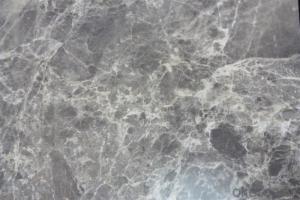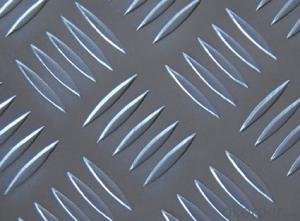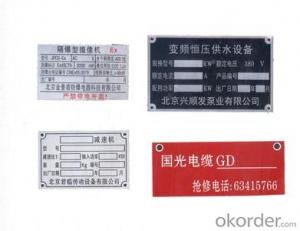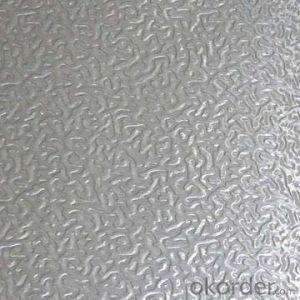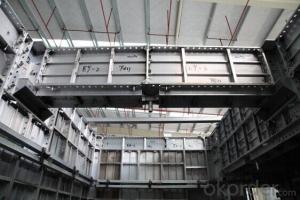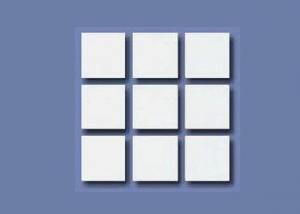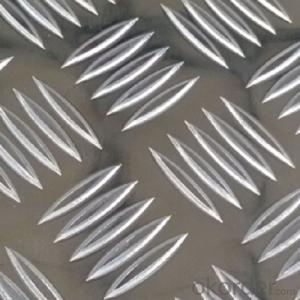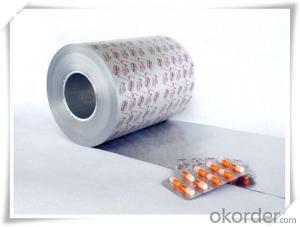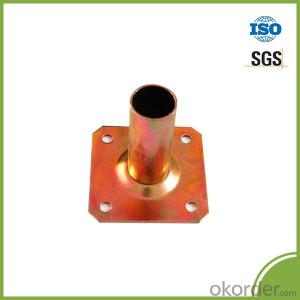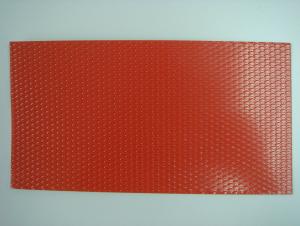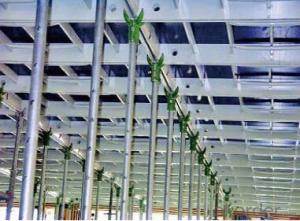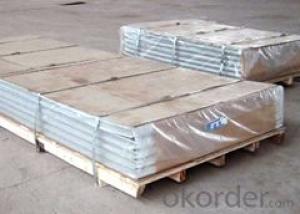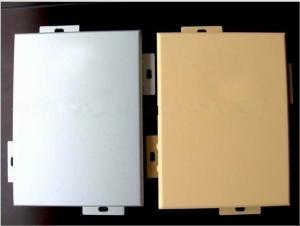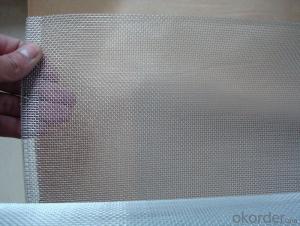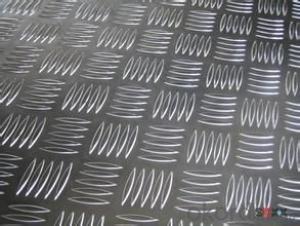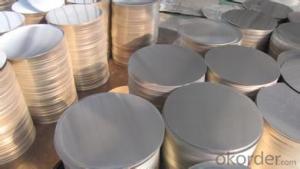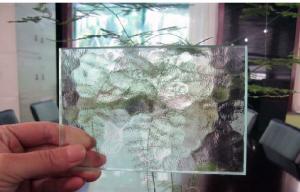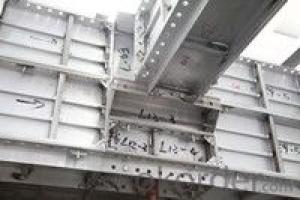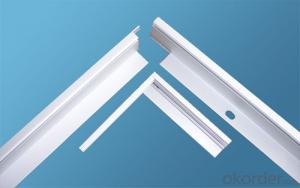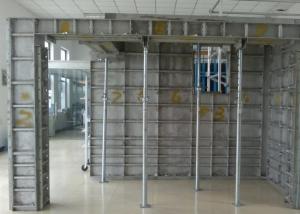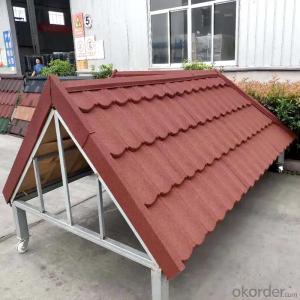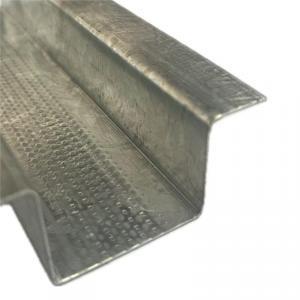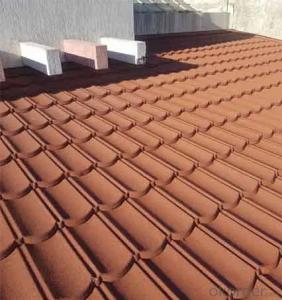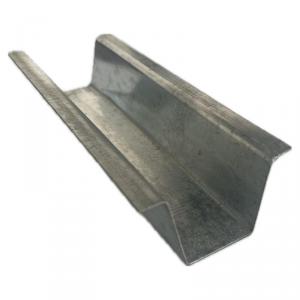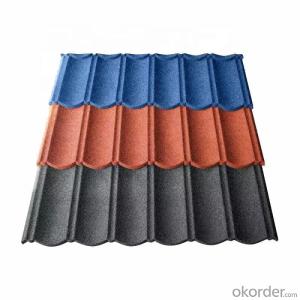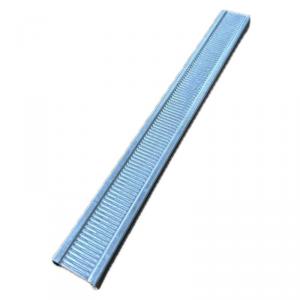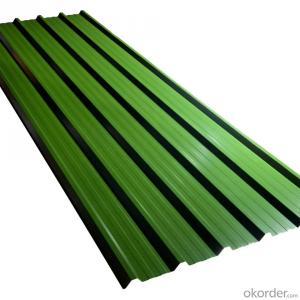Aluminum Pattern Plate
Aluminum Pattern Plate Related Searches
Aluminum Surface Plate Aluminum Flat Plate Aluminum Profile Plate Aluminum Paper Plate Aluminum Precision Plate Aluminum Pressure Plate Aluminum Metal Plate Aluminum Sheet Plate Aluminum Base Plate Aluminum Dimple Plate Aluminum Square Plate Aluminum Foil Platter Aluminum Tread Plate Patterns Aluminum Cast Plate Aluminum Wall Plate Decorative Aluminum Plate Aluminum Nitride Plate Aluminum Structural Plate Aluminum Plate Panels Aluminum Motor Plate Aluminum Floor Plate Aluminum Joining Plate Textured Aluminum Plate Aluminum Heater Plate Aluminum Traction Plate Aluminum Charger Plate Aluminum Grid Plate Aluminum Lapping Plate Aluminum Thread Plate Aluminum Mounting PlateAluminum Pattern Plate Supplier & Manufacturer from China
Aluminum Pattern Plate is a type of metal sheet material characterized by its distinctive patterns and textures, offering both aesthetic appeal and functional properties. This product is widely utilized in various industries and applications, such as interior decoration, exterior cladding, signage, and furniture design, where a combination of durability and visual interest is desired. The versatility of Aluminum Pattern Plate makes it a popular choice for architects, designers, and engineers who seek to create visually striking and long-lasting structures.Aluminum Pattern Plate is known for its ability to withstand harsh weather conditions and maintain its appearance over time, making it suitable for both indoor and outdoor use. Its lightweight nature and ease of installation also contribute to its popularity in construction and design projects. Okorder.com is a leading wholesale supplier of Aluminum Pattern Plate, boasting a vast inventory that caters to the diverse needs of clients across different sectors. By offering a comprehensive range of patterned aluminum sheets, Okorder.com ensures that customers can find the perfect product for their specific requirements, whether it's for a high-end architectural project or a simple home improvement task.
Hot Products



